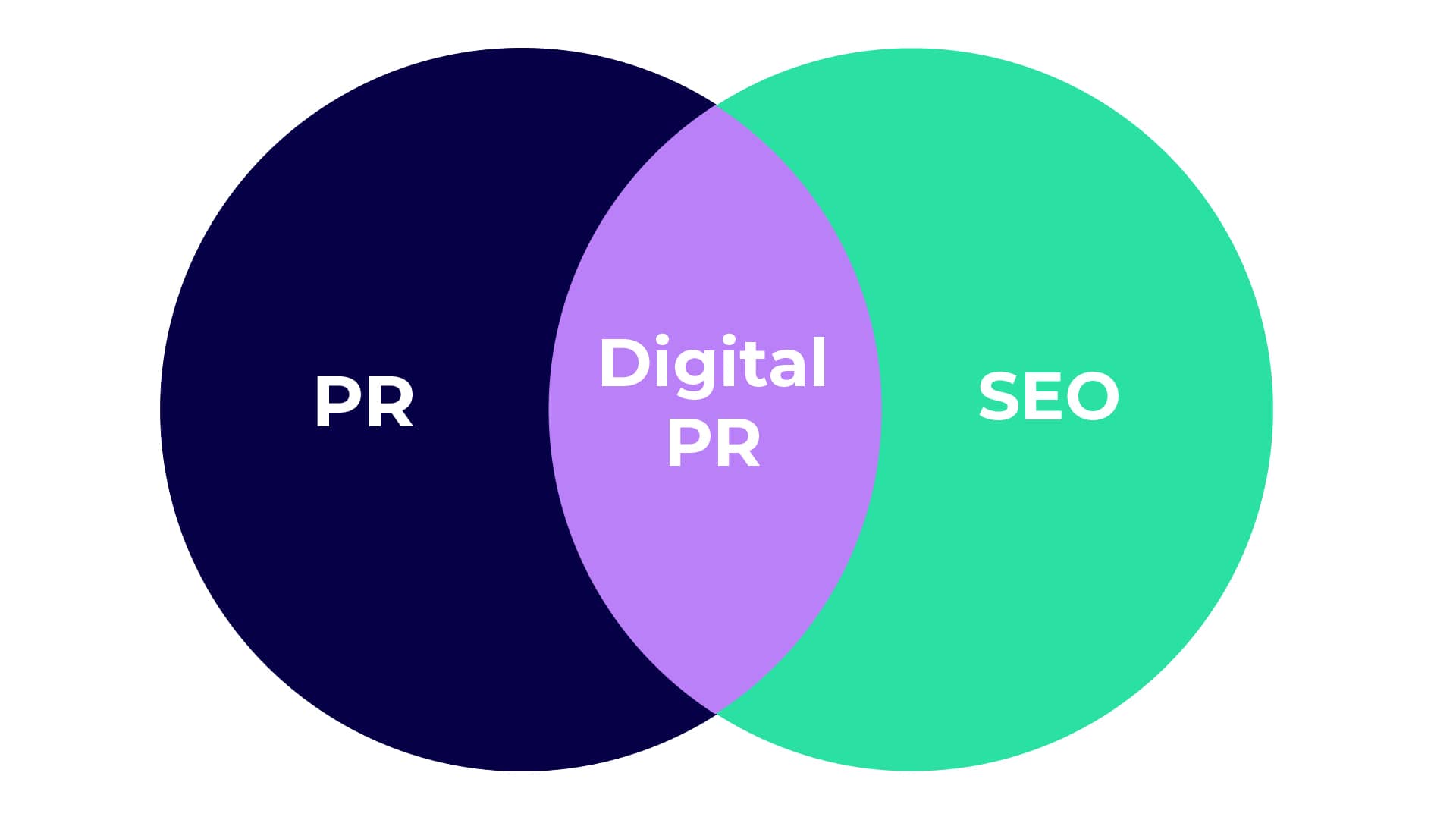Carefully tracking and analyzing media placements is one of the most vital and undervalued components of any PR work. Without it, you're liable to end up in a position where you don't know what kind of coverage your campaign has obtained and cannot accurately report any tangible results to your clients.
When this happens, any work you've done essentially becomes null and void, and clients who decide if you're worthy of handling future campaigns will be left missing critical information. That's bad news for them, bad news for their brand, and terrible news for you.
Tracking brand mentions is undoubtedly a good start. But are you tracking your link-only media placements as well? If not, you and your client might not be getting the complete picture of your current campaign.
Here we'll look at why link-only media placements have become as valuable as brand mentions in PR and how you can track these links in the future.
How Media Placements Have Changed

There was a time when PR teams focused mainly on promoting brand awareness via media coverage. But while targeting high-end media remains an important aspect of PR, today, it is only one component of a larger strategy.
Advances in internet-based forms of communication have changed the way people consume media. As a result, media placements have had to adapt accordingly, and PR pros must now account for more web-based strategies to succeed. And that means understanding and utilizing SEO and link-building.
Building a brand's authority and trustworthiness isn't just about being featured in magazines anymore. Instead, it's about being the result people see when they Google a search query, providing the content that blogs, websites, and users link to when discussing topics in your niche and the subject of real-time conversations people are having online.
Today's best Digital PR strategists will use content marketing, linkable assets, press releases, social media communication, and influencer outreach to build the online authority and search presence of their clients. All while building long-term mutually beneficial relations with top-tier blogs, sites, and publications. It's a marriage of disciplines that helps both PR and SEO.

But while the mechanics of how PR works has significantly changed, the strategies and philosophies behind measuring success have sometimes lagged behind, particularly regarding understanding the importance of backlinks and link-only placements.
What Are Link-Only Media Placements?
For clarity, when talking about link-only media placements, we're talking about any content you and your client put out that third parties are linking to without directly mentioning the client's brand name.
The practice of linking to an article or site without mentioning a company's name is relatively common and can occur for several reasons. For example, suppose your client recently conducted a study and put out the research online. In that case, a third party might want to reference a particular stat from this study to support a point made in their latest article. But they might also not feel the need to spell out the research details and where it came from to their audience. So instead, they link to the content without any mention of a brand.
Ultimately, it's important to remember that most third parties outside of those you have direct relationships with aren't generally all that interested in promoting your client. Instead, they're out to make quality content for their readers by utilizing their assets.
But as we'll see, the practice of linking without mentioning a brand doesn't mean the third party is giving your client the cold shoulder. On the contrary, in practical terms, it's one of the best compliments they could provide.
3 Ways Link-Only Placements Build Brand Trust

In some respects, a link essentially counts as a brand mention in its own right. That's because they're equally valuable when building your client's authority online. Let's now look at three reasons why this is:
1. SEO
When one site links to another to form a backlink, search engines such as Google view this link as a kind of vote of confidence. In other words, the linking site tells Google's algorithm that it thinks this other site has valuable content. As a result, the target page is more likely to rank high in search results, and the website's domain authority will increase.
In the past, some marketing strategists tried to take advantage of these backlinks using crude techniques. Thousands of sites started popping up and churning out an endless supply of low-quality articles filled with backlinks to target pages. No one ever really read these posts, but they successfully pushed specific sites up in the search results for a time.
Today, however, search engines are a lot smarter. It's no longer just about how many backlinks you can get but where they come from that matters. The more prominent the publication that's adding the link is, the more significant the backlink.
That's not to say that backlinks from smaller blogs and sites don't matter, however. That's because backlinks work similarly to compounding interest. So long as the site is legitimate and relevant, every link can help improve site ranking and domain authority regardless of the presence or lack of a brand mention.
2. Referral Traffic
While backlinks build your client's brand authority indirectly thanks to their effect on SEO, they also build it directly thanks to the increased traffic they often provide.
Again, the quality of the backlink plays a significant factor here. For one, there's the size and popularity of the source of the backlinks to consider. After all, you're more likely to see a surge in traffic if it's a popular site or influencer providing the backlink rather than a low-quality article tucked away on a personal blog.
A less obvious point to consider is the contextual relevance of the backlink in question. If, for example, a blog reader clicks through to a link only to find that the content on the other end is not relevant to what they were reading, they're likely going to bounce straight off the page. But if the content adds value in regards to what they're looking for, they're more likely to stick around.
Because of this, targeting relevant publications is a vital component of any Digital PR strategy. Likewise, tracking and analyzing links to your clients is imperative because it becomes easier to judge the quality of incoming referral traffic and plan future campaigns accordingly.
3. Consumer Trust
A backlink isn't just a vote of confidence in the eyes of Google but also an excellent sign to internet users. That's because when a site, influencer, or brand links to your client's content, they're showing their readership or followers that they view them as a credible and relevant source.
And no, it doesn't matter if the third-party site directly mentions your client or not. The implication remains the same.
This positive perception from consumers only improves if these links also result in your client finding their way to the top of search results. After all, surveys show that Google remains one of internet users' most trusted sources of information.
Like with Google's algorithm, this building of trust works in a compounding manner. The more people end up on a site after following clicks or making a search query, the more they will recognize that site as a valuable source.
To put it all in perspective, let's consider the case of an industry professional researching a subject within your client's industry. They head to a source they know to be reliable, and they click on a link to your client's site. Chances are, they might make a small mental note of this occurrence.
Now let's imagine this professional starts browsing another source a few weeks later, and once again, they wind up on your client's site, which they recognize from before. Then, later on, they also see your client towards the top of a search query. Thanks to these indirect recommendations from industry publications and Google, this site they've stumbled across is beginning to look like a significant and reliable source.
This example is hypothetical, but the point remains that getting a brand's name "out there" in media outlets is not the only way to build credibility online. Instead, the focus should be on utilizing third-party validation to expand your overall presence. And link-only media placements play a crucial role in that process. You'll generate more than brand awareness; you'll generate brand trust.
How to Track Your Link-Only Media Placements

Now that we've covered why link-only placements are worth monitoring, it's time to discuss how exactly one goes about tracking them. Unfortunately, the usual PR industry tools aren't typically up to the task.
Despite the changes in the industry, many PR pros still rely on media monitoring tools that do not track links, only mentions. And while some PR software is beginning to catch on to the importance of tracking links, SEO tools such as Ahrefs are still light years ahead in this regard.
Not only do these tools notify users regarding no-mention links, but they also come with some nifty extras that PR pros can utilize. For example, both Semrush and Ahrefs offer utilities that notify users when a third-party link breaks due to a website update or error. Then there are the usual keyword optimization options and site audit capabilities they offer as well.
While these platforms and programs were designed with general marketing and SEO in mind, it's becoming more apparent that they're also imperative tools for Digital PR pros. And until one savvy creator synchronizes everything into one perfect package, any modern PR pro will likely do well using these SEO tools in synchronicity with PR tracking tools.
Summary
There will always be an intangible component to tracking PR results, and many of the traditional elements of PR, such as building relationships with media, aren't going anywhere anytime soon.
However, now more than ever, clients are looking for more than the novelty of being featured in prominent publications. Instead, they want tangible results that show what you're doing to help them achieve their PR goals and objectives. And to this end, if you're not tracking your link-only media placements and the benefits they provide, you're doing neither yourself nor your clients any favors.

 9 min read
9 min read





 4 min read
4 min read

